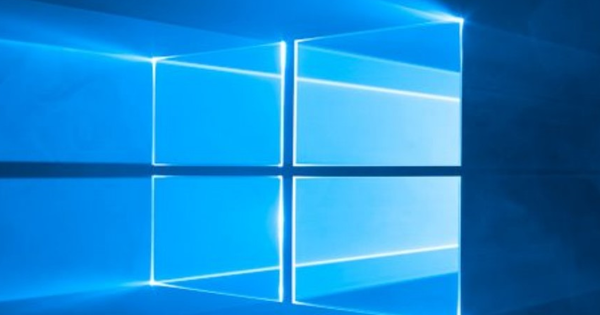As the administrator of your own PC and of your home network, you can use some help, for example in the form of free tools. We make a selection of 25 not so well-known but very handy freeware for you.
Tip 1: Network Toolkit
Essential NetTools 4.4
A home network is very useful, as long as nothing goes wrong. If there are problems often enough, Essential NetTools will provide you with a nice package to monitor and test your network. This suite has brought together a variety of tools in a graphical interface, all designed to help you manage and troubleshoot your network. Each tool is also directly accessible via a button in a panel.
Among them are classics that a 'home system administrator' will recognize, such as TraceRoute, Ping, NetStat and PortScan. There are more, we describe a few briefly. HostAlive periodically checks whether a device or service is still available, NSLookup do you use to perform DNS queries and resolve IP addresses to hostnames or vice versa and SysFiles is a system file editing tool. If you want to know which wireless adapters and available WiFi networks are available, you can use WiFiMan, and for a list of all active processes, please contact ProcMon. All available tools are briefly explained on the site.
Healthy mistrust
Not all makers of free tools program just for fun or for idealistic reasons. There are also those who hope to earn something this way, for example by packaging their software in an installation tool that also tries to install other, unsolicited software. So always be alert during the installation of (free) programs! Don't just choose one normal, default or recommended setup, but always look for the custom or advanced setup. With the latter installation modes, you often get the opportunity to uncheck unwanted extras.
All freewares from this article have been checked by www.virustotal.com. This site always checks a program with several dozen online virus checkers. As long as only one or two (lesser known) antivirus tools sound the alarm, there is normally nothing to worry about. However, you would do well to perform that check yourself, even if you have an up-to-date antivirus tool running on your system. It can happen that something suspicious has crept into a newer program version (which has come online after this writing).
Tip 2: Network problems
NetAdapter Repair All In One 1.2
Essential NetTools may be a handy suite for those who want to get rid of things from their network themselves, NetAdapter Repair All In One is specifically aimed at solving problems with your network connection almost fully automatically. Admittedly, this tool can ultimately do little more than the built-in bWindows tools, but it does make it a lot easier for you. The program has only one window. You indicate which repair operation you want to have performed and with the push of a button you put the tool to work. Among other things, you can quickly renew the DHCP address, change the DNS data to Google DNS or empty the DNS cache. Your network (adapter) must be really messed up if you don't want to find a solution with this tool.
Tip 3: Data analysis
GlassWire 1.1
GlassWire describes itself as 'firewall software'. That is correct in itself, but anyone who imagines a program with which he has to regulate his network and internet traffic with complex rules, will see it wrong. GlassWire is a user-friendly and attractive-looking tool with which you can accurately map and also secure your network traffic. The program shows you, among other things, a graph with all outgoing and incoming network traffic, where you can easily zoom in on the desired period and divide the traffic by application and protocol.
If you are interested in the total picture of your network traffic, use the tab Usage, where the data is neatly divided into applications, hosts, and traffic type. The tab firewall offers little more than a graphical shell around the Windows firewall, but you can already block the network access of a specific application from here. Click on the tab Alerts, you will receive a (chronological) overview of relevant notifications that have to do with your network. You can also determine which type of notifications you want to receive via the settings. The tab Network can be ignored if you are using the free version. In the paid version, you can see the newly added network devices here.
Tip 4: Service Optimization
Easy Service Optimizer 1.1
Even if you do not start your own programs yourself, there are often dozens of processes and services active in the background. You will notice this when you open the Windows task manager or start the services.msc module. Of course, all these components require significant system resources.
Easy Service Optimizer checks which services are active on your system and lists services that - based on BlackViper's well-known lists - are 'optimizable'. This means that they are not necessary in every situation (for Windows) and can be disabled if necessary. There are four scenarios. Default is the state of the services as they are configured by default in Windows. Safe is the configuration that (according to BlackViper) can be safely used by 95% of users. tweaked goes a step further and disables some more services, normally without unwanted side effects. extreme (or bare bones at BlackViper) disables most services and only try you out if you know what you're doing and which services you can spare. Incidentally, it is also possible to remove services from the overview: they will then not be removed from your system, only they will no longer appear in the overview of 'optimizable' services.

